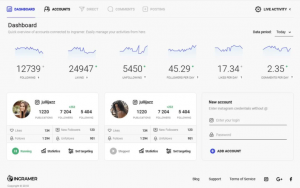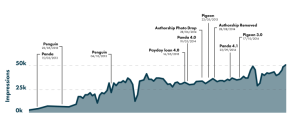
Bounce rate is one of the most important metrics you can track on your website. For those of you who are new to analytics or the concept of bounce rates in general, let’s start with some definitions.
Bounce rate measures the percentage of visits to a page that result in a bounce.
A bounce is defined as a person landing on a page of your site, meaning it’s the first page of your site they hit, and then immediately leave your site altogether, either by closing the browser window, hitting the back button, typing in a new URL, or clicking on a link to another site.
Bounce Rates vs. Exit Rates
A quick note on exit rates, which many people confuse with bounce rates. An exit is simply that, someone leaving your site. It happens in nearly every visit to your site. Eventually, everyone exits.
The difference between a bounce and an exit is, when someone bounces, they exit after one page. In all other cases, an exit will happen after 2 or more pages
Why are Bounce Rates Important?
Bounces are bad, in almost all cases. They usually signal to the website manager that someone did not find what they were looking for and decided to leave, or go somewhere else to look.
If someone bounces, they are choosing not to invest any time on your site. They have not had a chance to take any action, like sign up for your email list or buy your products.
As a website manager, you should be tracking bounce rates in an effort to reduce them. Find out what pages are resulting in high bounce rates, and fix them. Find out what traffic sources are leading to high bounce rates, and focus your efforts elsewhere.
Fixing a high bounce rate leads to a “stickier”, more effective website that gets people engaged and helps them find what they’re looking for. That’s one key to building a successful business online.
(142)






